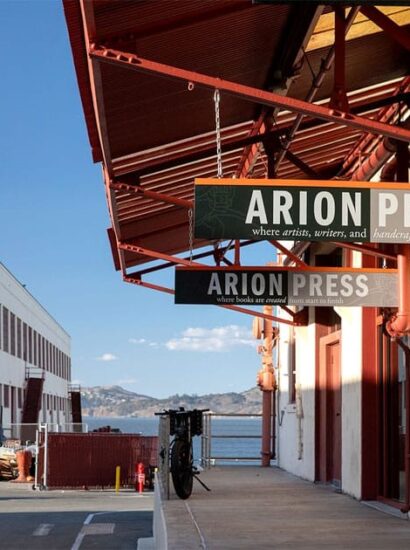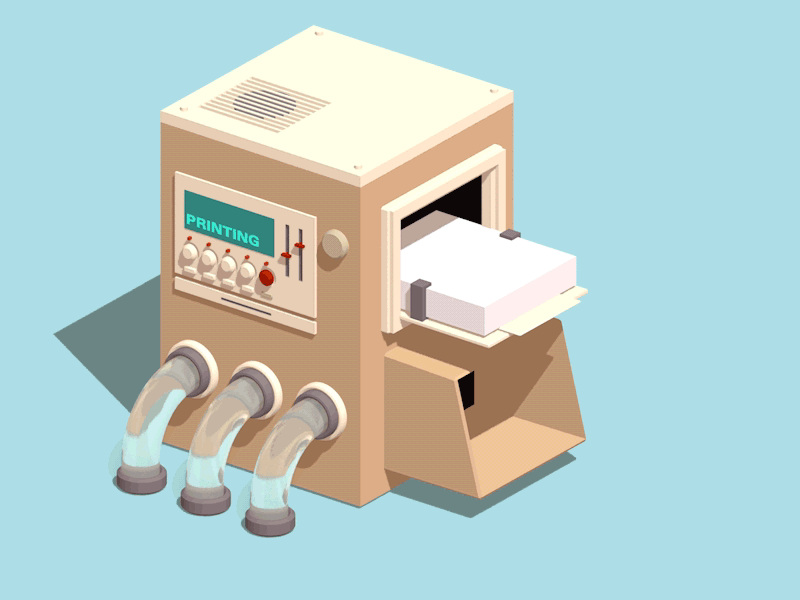There’s something deeply satisfying about watching a perfectly orchestrated printing operation in full swing. At 10 PM in College Point, Queens, as most of the city winds down, a different kind of energy takes hold inside a 300,000 square foot facility where the magic of print comes alive.
Every morning, The New York Times lands on doorsteps, newsstands, and coffee counters across the country. It’s folded, printed, and ready—without delay, without excuse. That delivery, that consistency, is what makes the newspaper feel real. And it all begins hours before, in a 300,000-square-foot printing plant in Queens.
The New York Times, one of journalism’s most respected publications, and watching 30,000 copies roll off the presses from a single 10-mile newsprint roll is nothing short of mesmerizing.
The precision, the timing, the seamless dance between human expertise and mechanical prowess, it’s everything we love about the print industry captured in five intense hours of production.

What strikes you first is the meticulous attention to detail that begins long before ink meets paper. The digital-to-plate process using laser technology transforms each page into aluminium plates with surgical precision. Those yellow-lit rooms aren’t just atmospheric—they’re protecting the delicate photosensitive plates from exposure, a reminder that even in our digital age, the fundamentals of quality printing haven’t changed.
The plate handling is still remarkably hands-on. Watching skilled operators manually load each plate into the press cylinders, ensuring they connect in perfect reading sequence, reminds you that despite all our automation, there’s still an irreplaceable human element in professional printing. These aren’t just machine operators—they’re craftspeople who understand that every plate placement affects the final product that lands in readers’ hands.
We came across this fascinating behind-the-scenes look at The New York Times printing operation that really captures what we’re talking about.
Take a few minutes to watch how this all comes together – from those massive newsprint rolls to the final papers heading out on trucks.
The Infrastructure That Makes It Possible
The scale of the operation is breathtaking. Those massive newsprint rolls, transported by specialized clamp trucks, represent the kind of material handling challenges that separate industrial printing from smaller operations. When you are processing 80,000 copies per hour, every element, from ink distribution through metal pipe networks to the precise waste removal of damaged paper sections, needs to work flawlessly.
The quality control process particularly caught our attention. Even at 3 AM, with time pressure mounting, operators are checking alignment, colour consistency, and image transfer with the same attention to detail as if it were the first paper of the night, not the 70,000th.

The Unsung Heroes of Print
What’s remarkable is how this Queens facility handles nearly 41% of The Times’ daily production. The pressure is immense, they’re graded daily on delivery times, with 52 trucks rolling out most nights to hit precise deadlines. Yet the operation runs with a calm efficiency that speaks to years of refined processes and experienced teams.
The ink management alone is an engineering marvel. When you need to print that many newspapers in a single shift, you are not just dealing with desktop quantities of ink, you are managing industrial-scale fluid dynamics, ensuring consistent colour and coverage across thousands of impressions while maintaining the speed necessary to meet distribution deadlines.

Why This Matters to Our Industry
Watching operations like this reminds us why the print and packaging industry continues to thrive. It’s not just about putting ink on paper, it’s about the complex ecosystem of specialized machinery, skilled operators, and precision engineering that makes mass communication possible.
From the laser plate-making equipment to the sophisticated printing presses, from the clamp trucks handling massive paper rolls to the quality control systems ensuring consistent output, every piece of equipment plays a crucial role. When one component fails, the entire operation feels it.
This is exactly why platforms like Machine Dalal exist. Whether you’re running a newspaper operation, managing a packaging line, or overseeing any printing facility, having access to reliable machinery and the right suppliers can make the difference between meeting your deadlines and falling short. The print industry is built on relationships—between operators and their machines, between suppliers and buyers, between craftsmanship and technology, between machinists and their machinery.
As we watched that final step, papers being wrapped and loaded onto trucks for morning delivery, it struck us that this entire symphony of steel and paper depends on every machine performing flawlessly, every night.
In an industry where timing is everything and quality can’t be compromised, having the right equipment partner isn’t just helpful — it’s essential.




